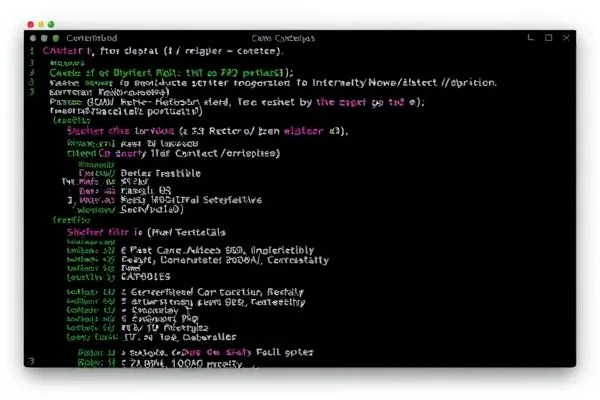Unveiling the Threat: Polymorphic Attacks on Web Browser Extensions
Recent advancements in cybersecurity reveal a sophisticated technique known as polymorphic attacks that target web browser extensions. This phenomenon allows malicious extensions to masquerade as legitimate ones, effectively deceiving users into disclosing sensitive credentials.
Understanding Polymorphic Attacks
Polymorphic attacks utilize advanced methods to create near-perfect replicas of legitimate browser extensions. By mimicking the visual identity and functionality of installed add-ons, these malicious extensions can seamlessly integrate into the user’s browsing experience. The following points elucidate this alarming cyber threat:
- Imitation of Icons and Workflows: Attackers design replicas that are visually indistinguishable from the original extension, employing identical icons and HTML popups.
- Disabling Legitimate Extensions: The malicious extension can temporarily disable a legitimate one, further convincing victims that they are interacting with a trusted source.
- CREDENTIAL DATA COMPROMISE: Users are led to provide sensitive information without realizing they are engaging with a fraudulent extension.
Implications for User Security
The ramifications of polymorphic attacks extend beyond individual user compromise; they threaten broader cybersecurity frameworks. Organizations must recognize that the security of browser extensions is as critical as software applications. Addressing the risks involves:
- User Education: Continuous awareness training for users about identifying genuine browser extensions and recognizing suspicious behavior is fundamental.
- Robust Security Measures: Implementing endpoint protection solutions and maintaining up-to-date security patches can mitigate risks associated with malicious extensions.
- Regular Audits: Conducting frequent audits of installed extensions with an emphasis on scrutinizing permissions and updating to the latest versions can help fortify defenses.
Conclusion
The emergence of polymorphic attacks on web browser extensions signifies a worrying trend in the cybersecurity landscape. With techniques designed to deceive even vigilant users, it is imperative for both individuals and organizations to adopt proactive security strategies that enhance their defenses. Vigilance, user education, and the implementation of robust security measures are essential to navigating this evolving threat.
Takeaways
- Polymorphic attacks enable malicious extensions to mimic legitimate ones effectively.
- User awareness and education are crucial components of cybersecurity strategy.
- Implementing regular audits and robust security protocols can reduce vulnerability.
FAQ
What are polymorphic attacks?
Polymorphic attacks are sophisticated cyber threats where malicious extensions imitate legitimate browser add-ons to deceive users and extract sensitive information.
How can users protect themselves?
Users can protect themselves by being cautious of browser extensions, performing regular security audits, and ensuring that extensions come from trusted sources.
Are all web extensions at risk?
While not all web extensions are vulnerable, those that are poorly designed or lack proper permissions can be exploited by polymorphic attacks.
What should organizations do to enhance security?
Organizations should emphasize user education, implement strong security protocols, and conduct regular reviews of browser extensions to safeguard against potential threats.









